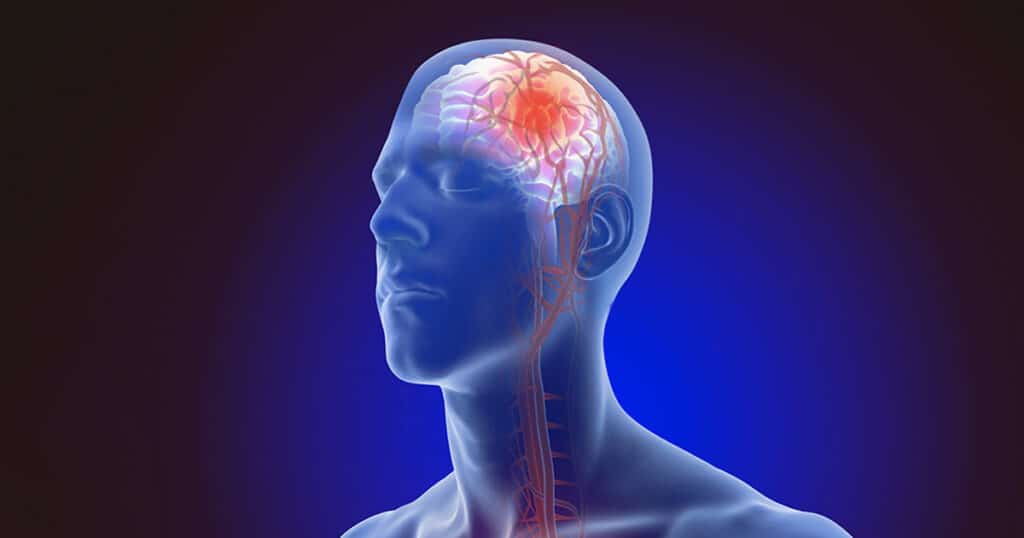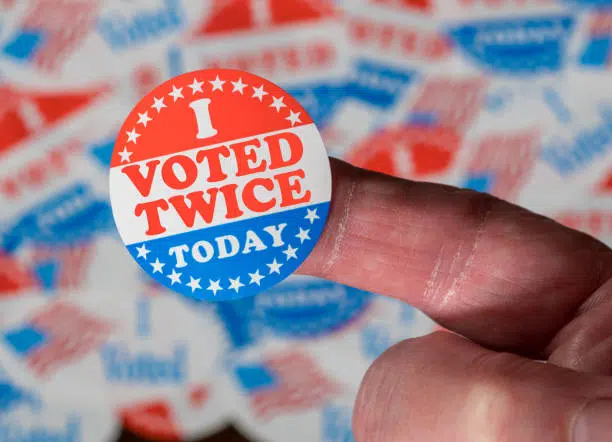
Why Are Millennials Having So Many Strokes?
Strokes commonly strike the old. The average age for the devastating condition — in which blood supply to a part of the brain is blocked or when a blood vessel in the brain bursts — is around 71.4 years in men and 76.9 years in women. Millennials, however, are starting to bring those averages down.
Now ranging in age from 27 to 42, Millennials are suffering strokes at higher rates than their forebears did at the same age, reversing a 40-year decline in stroke deaths. Between 2003 and 2012, there was a 32% spike in strokes among 18- to 34-year-old women and a 15% increase for men in the same age range, according to CDC researchers. When Scientific American further parsed the data, they found that the hike was mostly centered in the West and Midwest, where stroke rates among young people rose 70% and 34%, respectively, with particularly sharp increases in urban areas. Now, about one in ten people who has a stroke in the U.S. is under the age of 45.
Younger stroke victims
There are many potential explanations for this disconcerting trend. Rising stress, falling physical activity levels, and fewer doctor visits among Millennials could all play a role. One narrative rises to the forefront, however. As cigarette use in the U.S. declined from an alarming high of around 45% in the 1950s to just 12.5% in 2020, all Americans collectively reaped the benefit of less smoke in public places, which manifested in reduced rates of lung cancer, heart disease, and stroke. But since the 1970s, the public health benefits from reduced smoking are being eroded by rising obesity and its related health complications.
Childhood obesity is particularly noxious in regard to early stroke, and Millennials were the first generation to truly be affected by this alarming trend. The rate of childhood obesity more than tripled from 5% in 1978 to 18.5% in 2016, leaving many more children burdened by associated conditions such as diabetes and hypertension, which can lead to a stroke.
There is good news. Thanks to improved medical care, stroke fatality rates have fallen significantly between 1975 and 2019, about 65% for hemorrhagic stroke (caused by a burst blood vessel) and 80% for ischemic stroke (caused by a blood vessel blockage). And with greater brain plasticity, young people are more apt to recover. Still, strokes can leave Millennials with lasting complications, such as occasional seizures, incontinence, cognitive impairment, hindered speech, and diminished muscle control, not to mention a sharply elevated risk of a future stroke.
Increased stroke isn’t the only health issue that Millennials are contending with. The rates of many cancers, especially those tied to poor diet, are rising for people under age 50.
Diet and exercise
The best solution to reverse the rise in early stroke is for Millennials and future generations to eat right and exercise, especially from a young age. Schools and parents have a vital role to play here. Obesity’s grasp can be hard to break if it takes hold at a tender age, but if healthy lifestyle practices are instilled early, it’s likely they will remain second nature.
This article was originally published on Big Think.
This article was originally published by Big Think and made available via RealClearWire.



